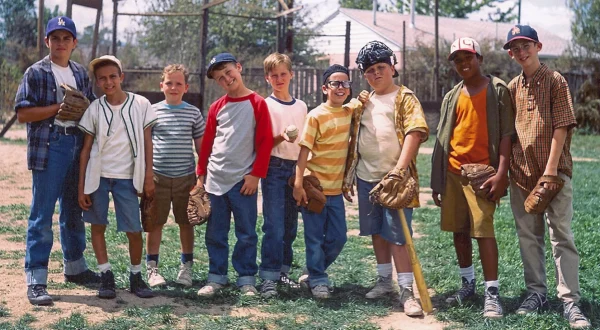OU athletic training staff adapt to COVID-19 protocol
As the pandemic continues through the country, the Oakland University athletic training staff is preparing the athletic department to start up seasons again with extra steps, ensuring athletes are safe.
Athletic trainers play an important role in making sure teams stay healthy and fit. Trainers at OU attend almost every team’s practice and ensure student athletes stay safe and get the help they need.
Since March 2020, the U.S. has had a total of 24.5 million COVID-19 cases. Oakland County has a total of 68,244 cases.
Considering these numbers, the OU athletic training staff has made a number of changes to keep athletes safe. Alex Dailey, a member of the athletic training staff at OU, said the staff has made serious changes to their normal routine.
“The biggest changes each athletic trainer has had to adjust to is the number of individuals in the athletic training room (ATR) at once and the amount of time each student athlete is allowed in the ATR: [no more than 15 minutes],” Dailey said.
Other changes that disrupt the normal routine of the training room include no communal water bottles or coolers, protection required to treat patients (gloves, goggles, masks, etc.) and the extra cleaning to ensure the ATR operates at peak efficiency.
With all the changes come challenges, the athletic training staff has also faced challenges keeping their operations running smoothly.
“One of the biggest challenges involves rehabilitation and the precautions needed to treat each patient safely and effectively,” Dailey said. “Precautions for rehabilitation and treatment include wearing gloves, wearing masks [N-95 and cloth mask overtop], wearing safety goggles, ensuring adequate space for the type and time for rehabilitation and the limited amount of time for hands-on treatment.”
Despite these challenges, the athletic training staff has found positives.
Dailey said the limited amount of patients flowing in and out of the ATR allow the training staff to share more one-on-one time with their patients. Developing a schedule and routine helps the athletic training staff continue to deal with these challenges and move forward.
“Moving forward, having an organized schedule for treatments and rehabilitation is helpful so that the ATR does not have too many patients at once,” Dailey said. “That way, rehabilitation and care can remain focused on the patient rather than having the distraction of multiple patients requiring attention from the same athletic trainer.”
Now, as the COVID-19 vaccine rolls out, there is a light at the end of the tunnel. Despite recent surges, the state and university have implemented changes to control the spread of COVID-19 — there are definitely changes to anticipate.
“The biggest area to look forward to would include competing and striving for championships again,” Dailey said. “Athletic trainers strive to make an impact on their student athletes so they can provide a safe environment to compete in.”



